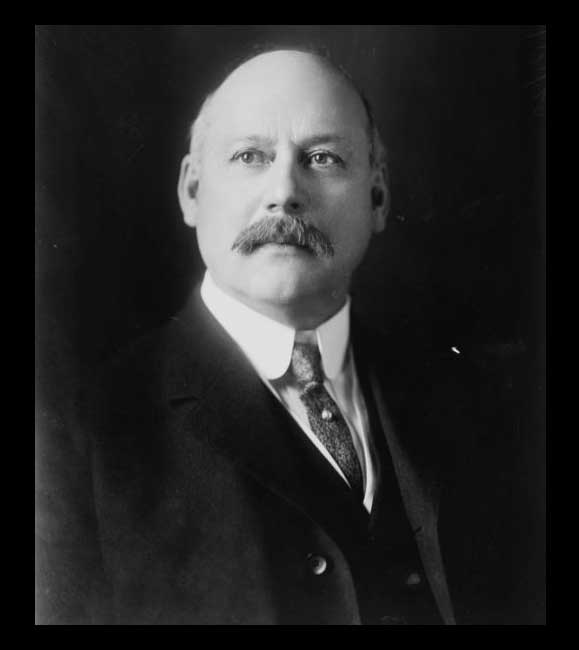Greg Tinsley

Prior to the Weeks Act of 1911, the citizenry of the Republic owned no large land tracts in the eastern United States. Thus, to the Ring of Honor memorializing America’s all-time greats of conservation, please add The Honorable John W. Weeks.
U.S. Naval veteran, congressman, senator, Secretary of War and self-made financial titan – this is the American banking icon Weeks of the Weeks–McLean Act of 1913, the first U.S. law to regulate migratory bird hunting – critical legislation that footed the preeminent Migratory Bird Treaty Act (MBTA) of 1918. The MBTA, which received overwhelming support from hunting organizations and firearms manufacturers of the day, remains one of the most durable environmental laws in world history.

ALDO LEOPOLD: THE ORACLE OF AMERICAN CONSERVATION
But it was the Weeks Act of 1911 that moved this force of nature into the pantheon of American conservationists.
President William Howard Taft signed the Weeks Act on March 1, 1911, which allowed the U.S. Secretary of Agriculture to purchase private land, as necessary, to protect the headwaters and the watersheds of navigable rivers in the eastern United States. It endorsed that these acquired lands were to be preserved and maintained as National Forests.
The Weeks Act broke a 10-year, 40-attempt stalemate in congress. It established a National Forest Reservation Commission to consider and approve the purchase of these new public lands. That oversight committee, which existed from 1911 through 1966, was composed of the secretaries of the Interior, Agriculture, War (for the Corps of Engineers) and four members of congress.
The legislation grew to conserve more than 20 million acres, including: the Allegheny, the White Mountain, the Green Mountain, the Pisgah, the George Washington and the Ottawa National Forests.

The law also set a precedent in fire-control cooperation between federal and state governments. The western fire season of 1910 had been disastrous – 85 people, including 72 firefighters, killed, and more than 3 million acres burned, including an estimated 8 billion board feet of timber.
Fully 48 of America’s 155 National Forests are the direct result of the Weeks Act, some of which represents a significant slice of the New Hampshire highlands that had captivated, soothed and inspired John Wingate Weeks (1860-1926) on his way to becoming one of the most powerful and tenacious conservation visionaries of all time.
In the Photos: This 1930s-era National Forest promotional poster would have lacked resonance with Americans east of the Mississippi River if not for the business sense and the political savvy of John Weeks and the United States Congress. Nor does the scarlet tanager, here by pioneer painter John James Audubon, remain a brilliant and common species among the treetops of America’s eastern forests without the ongoing support of America’s original conservation activists – hunters and fishermen.




























